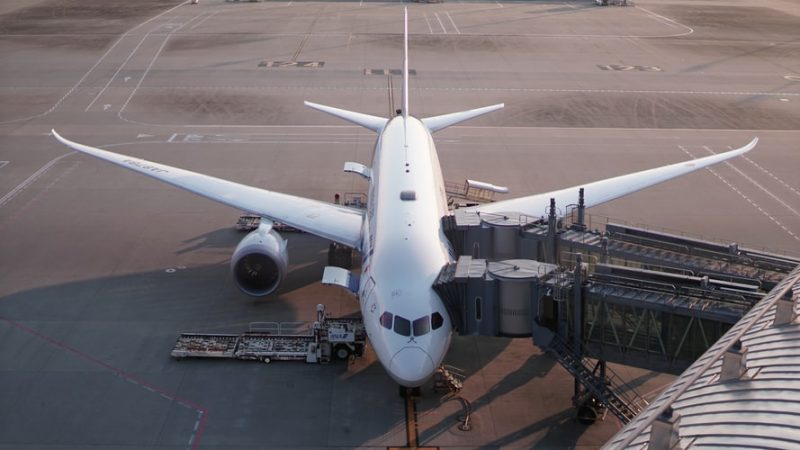Located in the middle of the Twin Cities near the banks of the Minnesota and Mississippi Rivers, the Minneapolis-St Paul International Airport is an essential transport center in the upper Midwest and has helped develop the metropolitan area for a hundred years. The International Airport is nestled among the suburban cities of Richfield, Mendota Heights, Eagan, and Bloomington. It has one airfield featuring 4 runways and 2 terminal buildings (terminals 1 and 2). Both terminals have adjoining parking ramp facilities, and passengers transfer between the two terminals using a light rail transit service since the buildings do not feature pedestrian access. The Minneapolis-St Paul International Airport is run and managed by the Metropolitan Airports Commission, a public organization that coordinates aviation services in the metropolitan area. Initially, the airport was designated Speedway Field after the Twin City Speedway. In 1921, Speedway Field was renamed Wold-Chamberlain Field after WW1 veterans Cyrus Chamberlain and Earnest Wold. The name Minneapolis-St Paul was introduced in 1944, and in 1948 the airport was officially named Minneapolis-St Paul International Airport. In this article, we will explore some of the important highlights in the history of Minneapolis-St Paul International Airport.
Trading Vehicles for Planes
In 1914, the area now known as Minneapolis-St Paul International Airport was occupied by Snelling Speedway. The land was initially altered in 1915 when the Twin City Motor Speedway established a track for cars. The Speedway lasted for 2 years and was later sold to Minneapolis Aero Club, after an unsuccessful run as an auto-racing venue. In 1920 a hangar was built on the property to facilitate airmail service, and the property was renamed Speedway Field. In 1921, three more hangars were constructed for the National Guard Observation Squadron and the property was renamed Wold-Chamberlain Field after 2 pilots from Minnesota who died in the line of duty.
The Beginning of a New Era
In 1926, Northwest Airways (later renamed Northwest Airlines), launched its base at Wold-Chamberlain Field. This marked the start of their 82-year run before merging with Delta in 2008. The Airline’s first passenger route was launched in July 1927, servicing Saint Paul to Chicago. At the time, the cost of a one-way ticket was $50 (More than $700 when you account for inflation). The half-day flight from Saint Paul to Chicago had stops in Milwaukee, La Crosse, and Madison. A subsequent hanger was established in 1928, and the property was acquired by the Minneapolis Park Board for $165 (more than two and a half million dollars when you account for inflation).
The launch of Holman Field in Saint Paul led to intense competition as the two airports sought to command the highest market share. To differentiate their service and generate more revenue, Wold-Chamberlain Field launched short, affordable sigh-seeing trips that lasted between 7-15 minutes. It soon became apparent that having two airports in Saint Paul was not an optimal solution. Governor Harold Stassen and Northwest Airlines presented the benefits of having 1 major airport instead of 2 to state legislators, lobbying in favor of Wold-Chamberlain Field. In 1941, Northwest Airlines moved from Holman Field, and two years later the Metropolitan Airports Commission was launched to run the region’s airfields.
